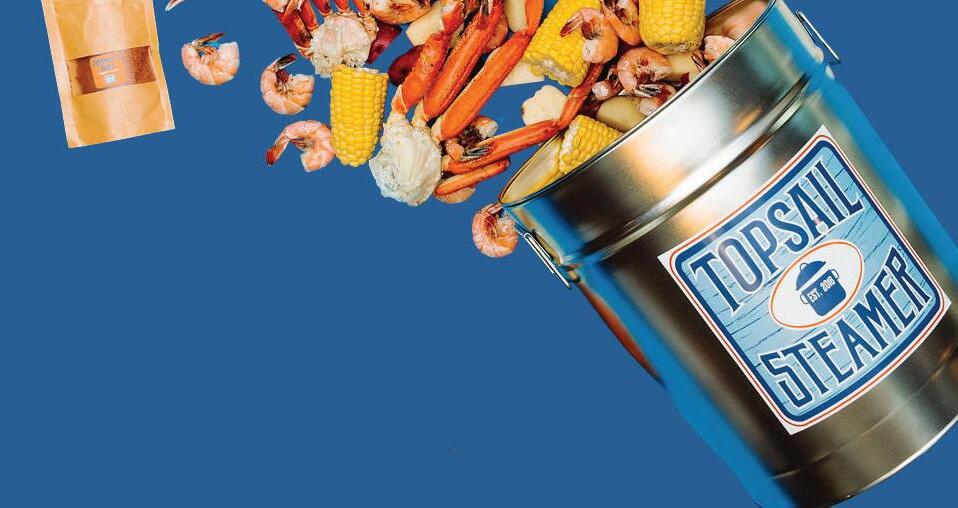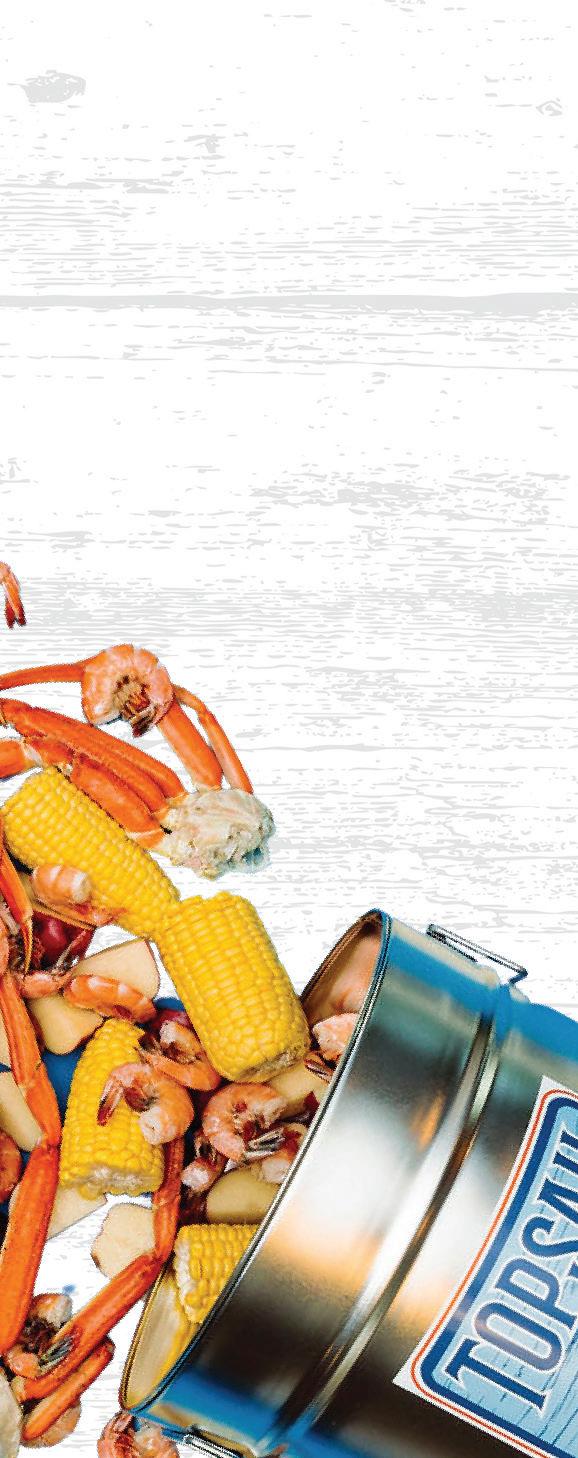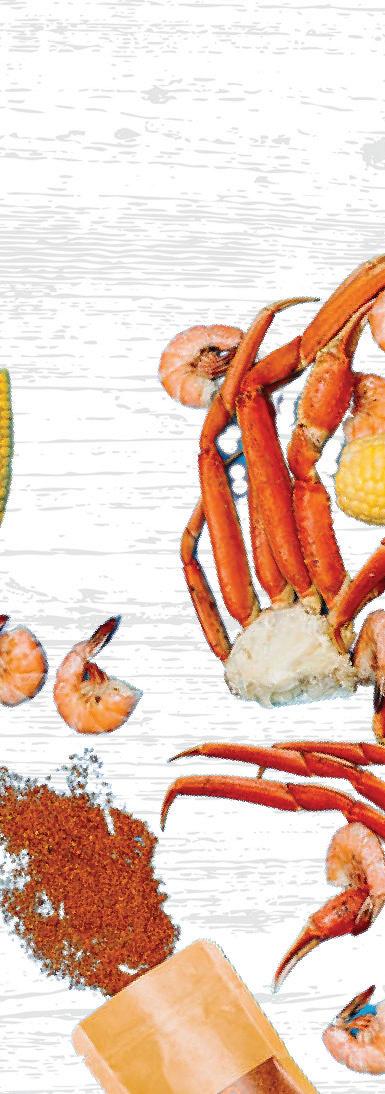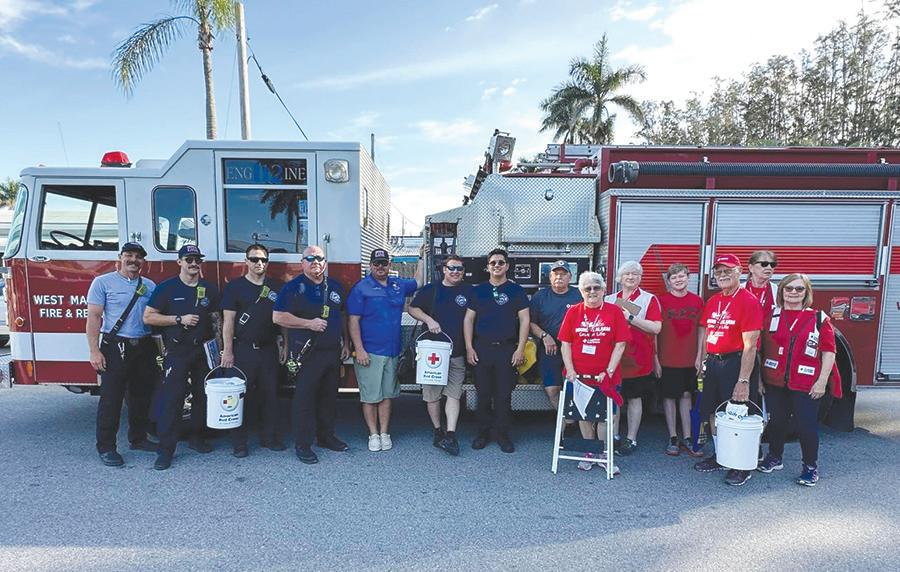
3 minute read
REEL TIME: All about pompano
FROM PAGE 20 leader above and below the swivel provides some protection. It is also advisable to use a black swivel that doesn't produce a flash.
Jig color can be varied according to the water color. Hooks should be of heavy construction, from 1/0 to 2/0, with jig weights varying from a quarter ounce to a full ounce in very fast current. The most important thing to remember is to keep the jig close to the bottom. It is also advisable to jig straight up and down if possible. Most of the local passes contain rocks, ledges and other debris. The action imparted to the jig is another important ingredient for success. The jig must be worked constantly, imparting action with short twitches of the rod tip. jig with a shad tail or jerk worm for reds in shallow water. They are easy to fish in shallow water, come in multiple colors and are a good way to find reds. My Grassett Flats Minnow is my “go to” fly for reds. It fishes well in shallow water and its bend-back design makes it very weedless. You may also find big trout in skinny water in many of the same places that you find reds. The same lures, flies and techniques used to find and catch reds will also work for big trout.
Tipping the jig is not critical if fish are actively feeding but can be the difference between success and failure at other times. Tips should be small enough not to affect the action of the jig.
Successful pompano fishing requires special attention to tide. While they will sometimes feed at various stages of the tide, an incoming tide is often much more productive. The first hour of a falling tide can also be rewarding.
The prime area to pinpoint pompano is in the passes. Other good locations include patch rocks off the beaches and the inshore artificial reefs. The slues along the beaches can also be worth exploring as well as the edges of local grass flats. Water temperature is a factor in the abundance of this species with fall, winter and spring being the best time to target them.
Trout should be plentiful on deep grass flats. I like to drift and cast ahead of my drift with CAL jigs and a variety of plastic tails or DOA Deadly Combos. Fly anglers should score with weighted flies on sink tip fly lines. I tie Clousers with Ultra Hair on long shank hooks so that they are durable and will hold up to toothy and rough mouth fish. Deep grass flats with a close proximity to passes and usually good due to strong tidal flow.
You might also find blues, Spanish mackerel, pompano or flounder mixed with trout on deep grass flats. The same lures, flies and techniques that you use to find trout on deep grass will work for these species, too. You’ll need to tip your leader with wire or heavy fluorocarbon when blues and mackerel are around. I prefer heavy fluorocarbon and long shank hooks whenever possible, since that usually won’t affect the trout bite. Blues and mackerel usually don’t feed on the surface in the bay like they do in the open Gulf, but you may see bait showering or boils indicating fast moving fish, feeding just below the surface. Pompano may “skip” when you run or drift past them, giving their location away. When that happens, circle back upwind and drift the area. Flounder are often found in potholes, on the edges of bars or on mud bottom.
Pompano make worthy adversaries for anglers looking for a challenge and an excellent meal. They have been active locally on the warmups, so rig up and give these challenging fish a try.
Water quality report








Water quality at area beaches is based on monitoring of enterococcus bacteria, which can cause an increased risk of infectious disease.



Firefighters launch community alarm project

Above, firefighters from West Manatee Fire Rescue teamed up with volunteers from The American Red Cross to install 180 smoke alarms for seniors in a Cortez mobile home community. The fire alarms and installation were free to the residents and provided as a part of the district’s Fire Prevention initiatives. Left, Volunteers from WMFR and The American Red Cross install a fire alarm for an area senior.











